Skills
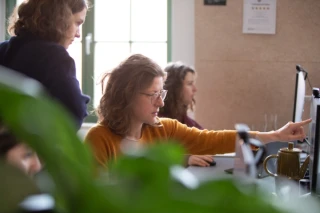
How we work
We set new standards for ourselves. And take you with you. Because only together can we meet the challenges of our time. With courage, idealism and of course the right amount of realism. Ultimately, we want to implement your project sustainably, cost-effectively and in exactly the right time. That's why we start by listening and asking questions before giving you an answer.
Only together can we transform the building sector in a way that is resource- and climate-friendly.
Ask, ask and question. This is the best foundation for any project
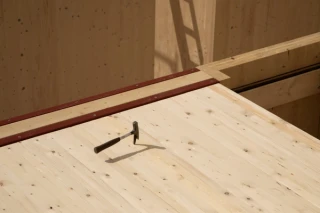
Timber construction
We have a very special connection to wood. Because it is our craft and our passion. As the most important renewable raw material, in our opinion it is the building material of the future for truly sustainable architecture. Wood is not only versatile, it has a positive influence on the indoor climate with its moisture-regulating properties, thus enabling healthy living. Thanks to the rapid advances in technology in recent years, we were able to use wood as an essential building material in high-rise construction for the first time. For our architecture, we use the entire spectrum of economic and ecological advantages of this renewable building material.
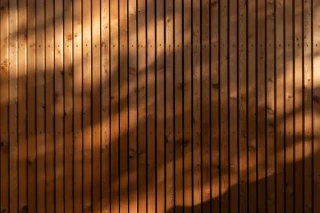
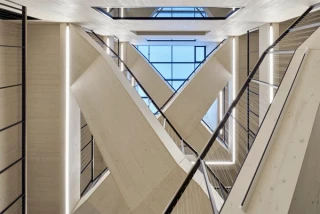
Circular building and Cradle to Cradle
We have been working on the implementation of Cradle to Cradle principles in the construction sector since 2011, making us one of the pioneers of truly sustainable architecture in Germany. The transformation of the building sector towards circular and therefore resource-friendly architecture represents a paradigm shift. Intervening here means, in many respects, questioning the firmly established structures of an economic model that is based on linear value creation. We are concerned with how buildings must be planned and constructed so that resources are preserved in the future and thus retain their value. We want to reduce the demand for new primary raw materials and thus also reduce C02 emissions. In addition to the type and choice of materials, it is also about the question of how they have to be put together and how resilient, robust building structures make a variety of conversions and further uses possible. Buildings thus become material banks instead of turning resources into waste in the medium and long term. When planning, we are therefore not primarily interested in how you can build a building - but rather how you can take it apart again.
more Information
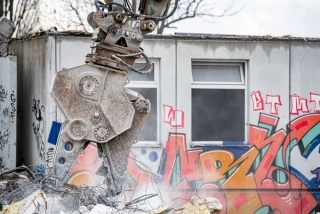
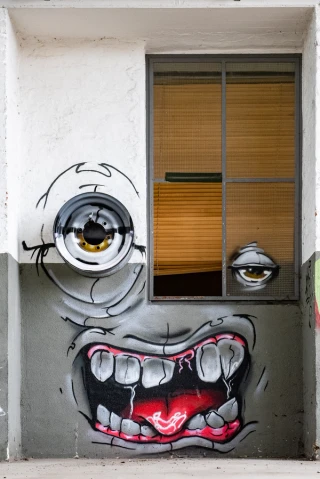
Life Cycle assessment
We quantify our actions. This includes determining the climate impacts and CO2 impacts of construction and operation up to the end of life of our buildings. We consider the ecology and cost efficiency of a building from its end, by viewing our buildings as a material bank. For this purpose, we determine and optimize, among other things, the amount of deconstructability and recyclability, reusability of all used resources, building materials, and quantify including a monetary quantification of the material values also in monetary terms. Our goal is to preserve resources, so that buildings can become material banks. For this, we work with various software solutions (including Madaster, Caala, and the Urban Mining Index) and continuously optimize the interfaces to our BIM planning. This allows us to enable well-founded decisions in early planning phases, based on life cycle assessment and life cycle considerations, to make holistic planning decisions regarding costs. We are certified as a BNB coordinator and a member of the DGNB, and we are actively involved in the committee for 'Life Cycle and Circular Construction'.
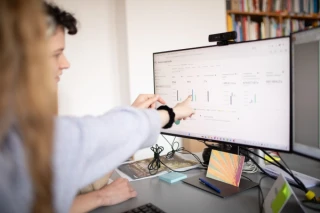
Prototyping
There is a conviction behind our commitment: many objects that surround us can have lasting value. This also makes sense because our world is changing. In order to preserve values in the future, new approaches are needed - also, but not only, within the framework of a 1.5 degree strategy. We see this challenge as a space of possibilities that allows us to change the way we look at the task at hand. In this way, we can critically question, test and try out the properties of materials, objects and components. For us, 1:1 models, which we see as prototypes, are indispensable on this path.
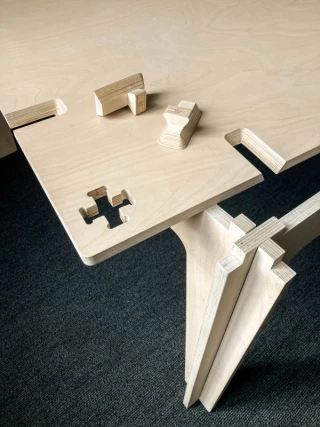

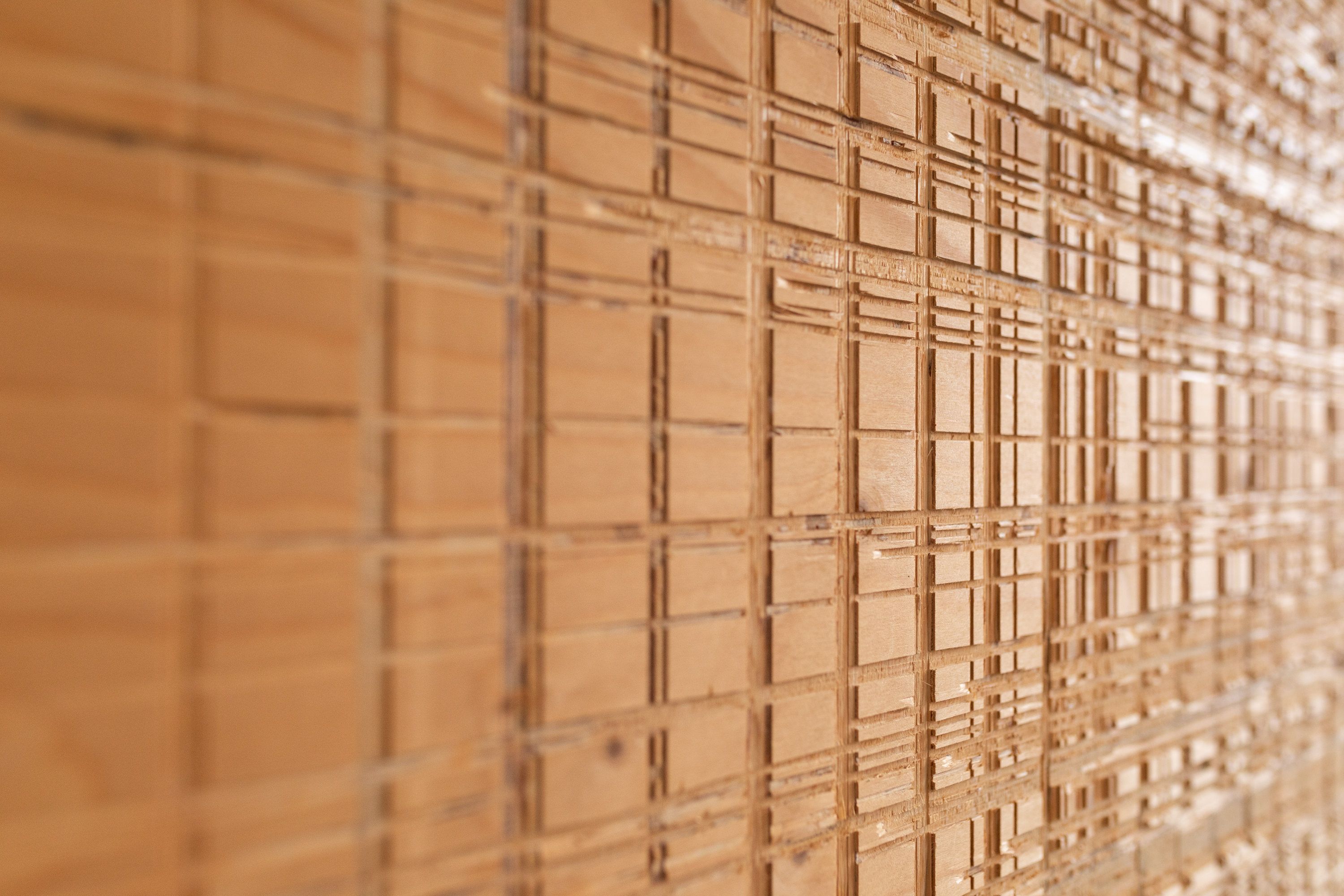
Construction avoidance strategy
The most ecological way to build is to forego building. As part of our construction avoidance strategy, we offer you advice on alternative solutions. On the one hand, this concerns how to deal with what already exists - reprogramming instead of converting - but also questioning standards in new buildings. Together with you, we will find answers to the question of what is really needed and what can be done without without loss of quality.We would be happy to advise you on this. Contact us.

Green architecture
As a result of climate change, cities are becoming heat islands and are increasingly affected by heavy rain events. In addition, the extinction of species presents us with major challenges. We find answers to this in unsealing areas and greening roofs and facades. They improve the microclimate and create habitats for animals, especially in densely populated urban areas. We illuminate these potentials in our projects; research and evaluate different systems with regard to technical, ecological and economic requirements. We have already been able to successfully plan and implement green buildings in various projects.
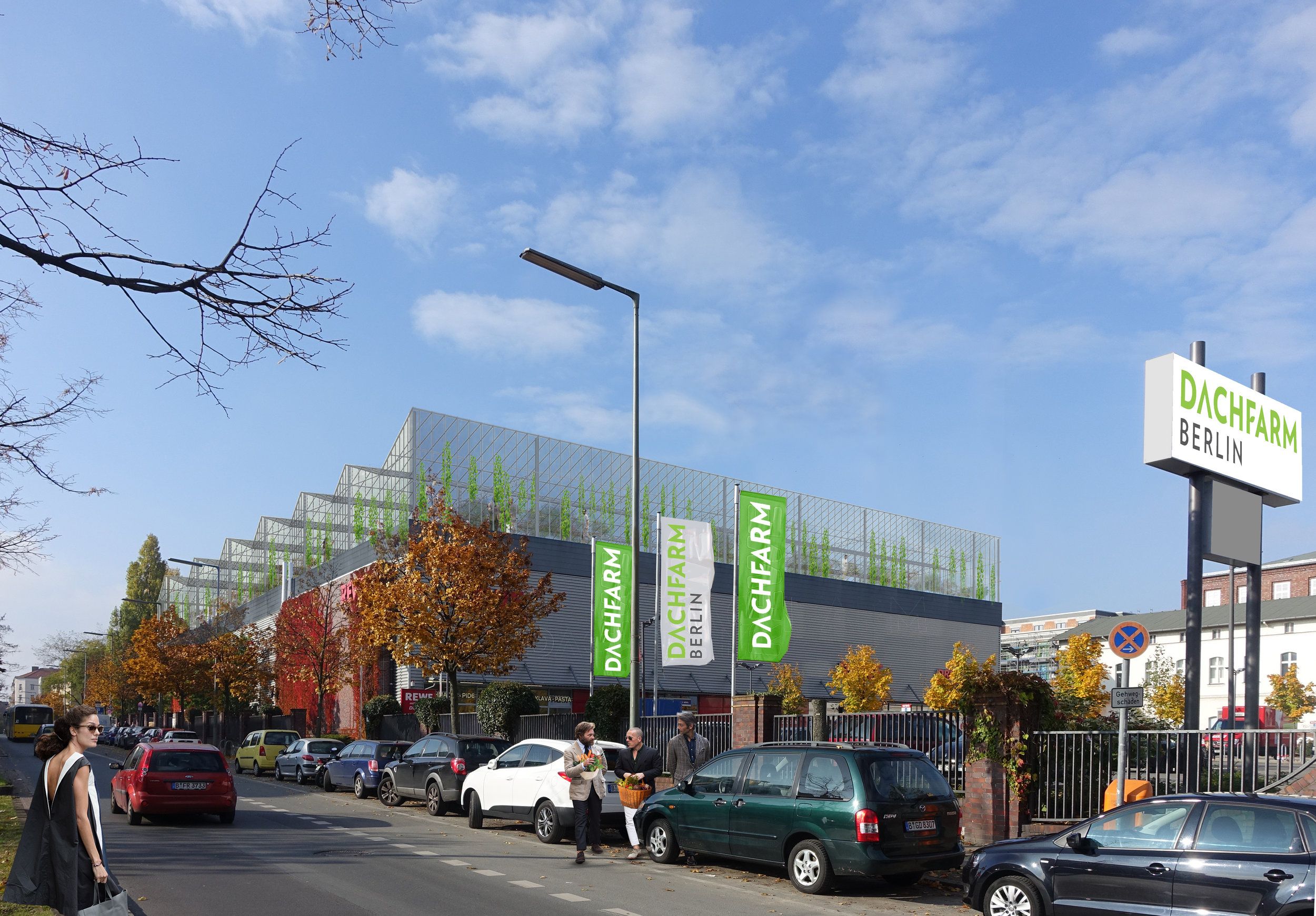
Building-integrated agricultureGermany is losing more and more of its agricultural land. Our question: How do we want to feed the city of the future? How and where do we produce food? And how can we find a holistic approach that enables sustainable coexistence between agriculture and urban space?
You never build alone. It takes many smart partners and partners with very different ideas